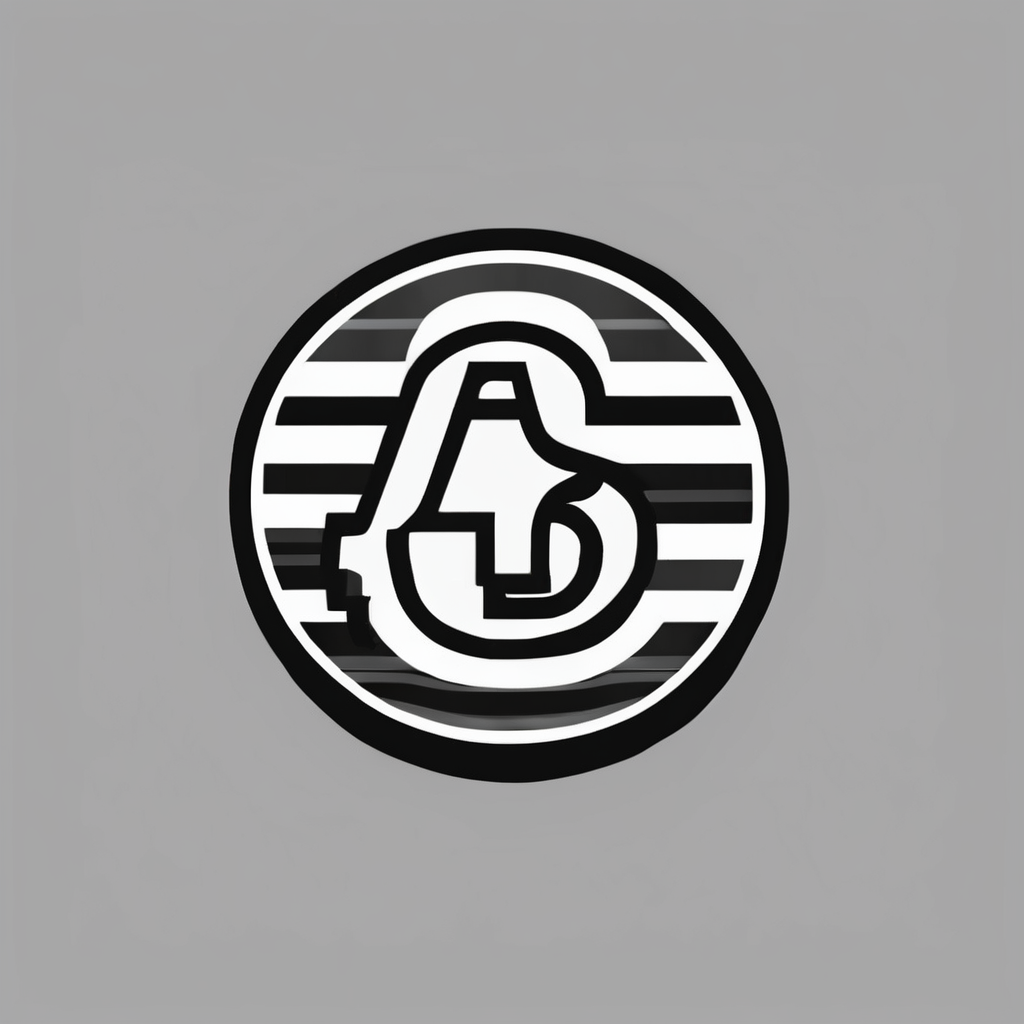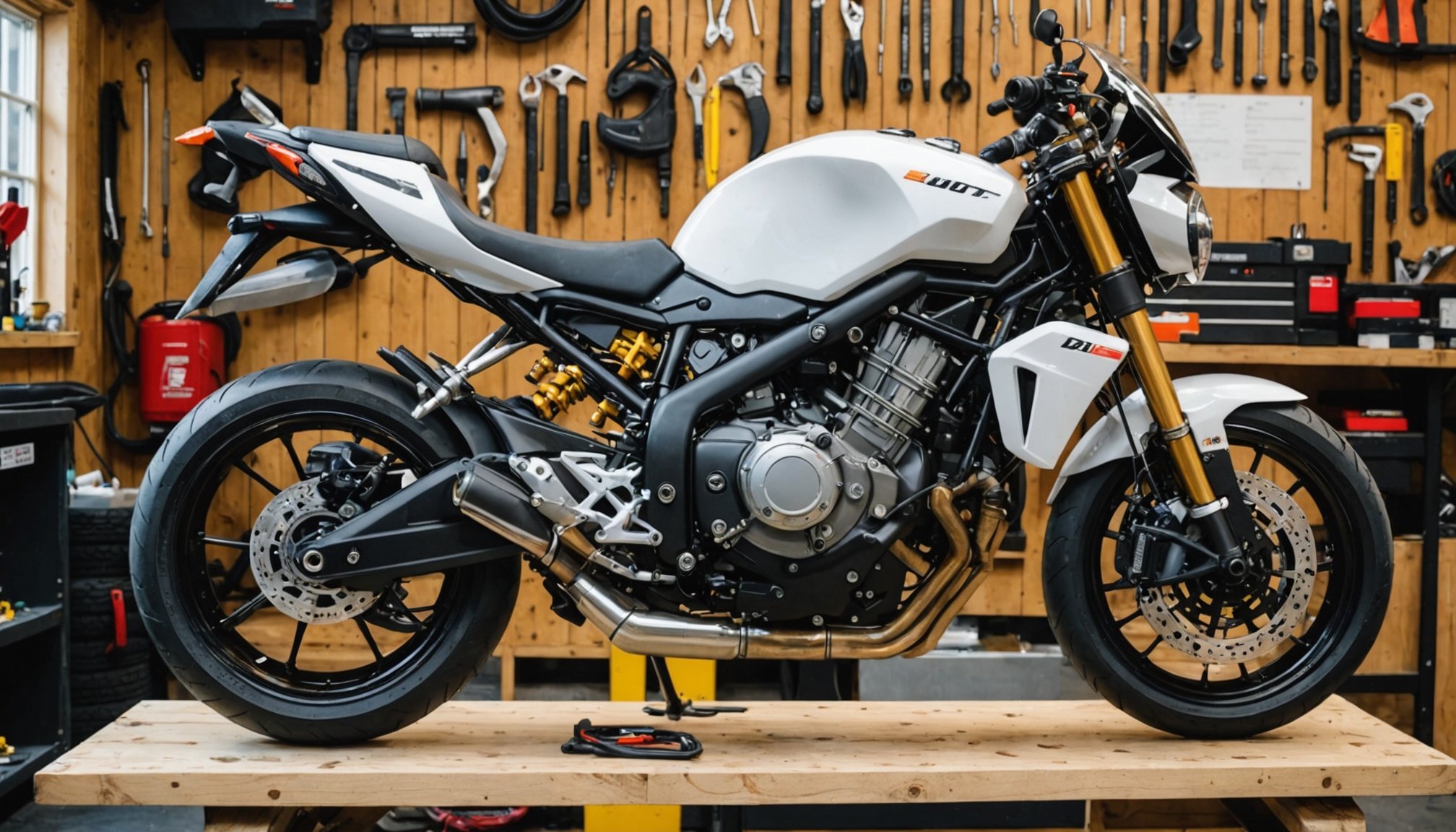Essential Tools for DIY Sport Bike Maintenance
When embarking on DIY sport bike maintenance, having the right tools is paramount for both efficiency and safety. A well-equipped toolkit should include several motorcycle repair tools that cater to the unique needs of sport bikes. Here are some indispensable items:
- Socket Set: Essential for various adjustments and repairs; opt for a robust, high-quality brand.
- Torque Wrench: Crucial for ensuring that bolts are tightened to the manufacturer’s specifications, preventing over-tightening and potential damage.
- Chain Breaker & Riveting Tool: Necessary for precise maintenance or replacement of the chain, a component vital to transmission and ride smoothness.
Selecting the right tools for bike maintenance isn’t just about utility but also quality. Brands like Snap-On and Craftsman offer durability and reliability. While these tools may come with a higher price tag initially, investing in them can save money long-term by reducing the frequency of replacements.
Also to read : Unlocking peak performance: the best engine setups for sport bikes in uk weather conditions
Cost considerations are crucial; assess your maintenance requirements and budget. Consider purchasing a comprehensive essential toolkit, which often proves more economical than buying individual tools separately. While initial costs might seem high, the longevity and reduced need for professional services can justify the investment.
Step-by-Step Maintenance Procedures
Maintaining a sport bike involves a series of structured maintenance procedures that ensure optimal performance and safety. A thorough sport bike service checklist simplifies this process, making it more manageable for DIY enthusiasts.
In parallel : Essential strategies for sport bike enthusiasts: navigating high winds on uk bridges like a pro
Regular Maintenance Tasks
Regular attention to certain tasks is crucial for any sport bike. Oil changes top the list, crucial for engine longevity. Ensure you have the right type of oil and change it as per the manufacturer’s guidelines. Routine brake inspection is essential as well; check brake pads and discs for wear, and replace them when necessary to maintain stopping power.
Seasonal Checks
Seasonal checks can prevent long-term damage. For instance, before winter, inspect the tire tread and pressure due to potential weather-related changes. Adjust these to suit different riding conditions, preserving grip and control.
Specialized Procedures for Sport Bikes
Some maintenance steps are specific to sport bikes. They have particular requirements in terms of engine tuning and suspension settings. Adjusting these correctly enhances the bike’s performance and handling, keeping it agile.
Employing a DIY maintenance approach not only aids in understanding your bike better but also economises on services that could otherwise be costly, fostering a long-term commitment to cycling safety and efficiency.
Tips and Best Practices for Sport Bike Maintenance
Caring for your sport bike requires careful attention to detail and consistent practice. Knowing the right maintenance tips can greatly extend your bike’s lifespan. Start with regular cleaning and detailing to preserve the motorcycle’s aesthetics and protect its components from grime and rust. Use mild cleaners and soft cloths specifically designed for motorcycles to avoid scratches.
Maintaining a detailed service history is another effective practice. Document each maintenance step in a logbook, noting the date, service performed, and any parts replaced. This not only tracks the bike’s upkeep but also aids in diagnosing issues swiftly, especially when working through a sport bike service checklist.
Avoid common maintenance pitfalls by familiarising yourself with specific sport bike care needs, such as regular inspection of tire pressure and chain tension. Misalignments or overlooked adjustments can escalate into significant problems, potentially affecting ride quality and safety.
Consider following a balanced schedule that combines proactive care with responsive checks, addressing signs of wear as they arise. Employing these maintenance strategies fosters reliable performance and ensures your sport bike remains a safe and enjoyable machine.
Safety Precautions During Maintenance
When engaging in DIY motorcycle maintenance, prioritising safety precautions is critical. Always begin by wearing protective gear, such as gloves, safety goggles, and a suitable work apron. This equipment protects against potential hazards like chemical splashes and metal shards.
Consider the workspace environment carefully, ensuring proper ventilation to avoid inhaling harmful fumes from bike fluids or cleaners. A well-ventilated area diminishes risks associated with prolonged exposure to such substances, which can have adverse health effects.
Equally crucial is observing workshop safety standards. Maintain a clean and organised workspace to reduce the chance of accidents. Ensure tools are stored properly, and walking paths are clear to prevent trips and falls. This organisation enhances efficiency and safety.
Additionally, guidelines for safe tool usage are paramount. Always use the right tool for each task, avoiding shortcuts that could result in injury or damage. Familiarise yourself with user manuals or guides for DIY motorcycle maintenance safety. Proper adherence to these instructions minimises risks and ensures a smooth maintenance process. Prioritising these precautions significantly enhances your safety and the integrity of the maintenance work.
Troubleshooting Common Issues
Troubleshooting common bike problems can empower you to address issues swiftly and enhance your bike’s performance.
Engine Troubleshooting
Signs of engine performance issues might include unusual noises, reduced power, or difficulty starting. These symptoms often indicate problems like spark plug failure or fuel system blockages. Regular checks can mitigate these risks, ensuring the engine runs smoothly.
Electrical System Checks
Diagnosing battery and charging problems requires attention to your bike’s electrical system. Frequent battery draining or issues with electronic components may point to alternator or wiring defects. A multimeter can help check voltage levels and pinpoint issues.
Suspension Issues
Identifying suspension wear and failure is crucial for maintaining ride comfort and safety. Symptoms might include uneven tire wear or excessive bouncing. Routine inspections can catch worn shocks or loose components early, preventing more serious handling problems.
By understanding and addressing these areas, you’ll be better equipped to maintain your sport bike, ensuring it remains in top condition for each ride. Regular troubleshooting and maintenance not only extend the bike’s life but also enhance your safety and riding enjoyment.
Purchasing Your Toolkit
Acquiring the right tools for bike maintenance enhances DIY repair comfort and precision. Whether you’re considering online or local stores in the UK, each option has distinct benefits. Online platforms often provide a wider variety and competitive pricing. They allow convenient comparison between models and brands. On the other hand, local stores offer immediate in-person advice and the chance to physically test motorcycle repair tools before buying.
When searching for a buying guide for bike maintenance, consider resources like renowned biking forums, where enthusiasts share firsthand reviews on performance and durability. Evaluating UK toolkit resources becomes crucial, as UK-focused guides offer insights on the best brands and the availability of parts locally.
To make informed decisions, first assess your maintenance needs and budget. Compare tool quality and price, considering that high initial costs often translate into lasting value, especially for essential items. Brands like Snap-On remain highly recommended for their reliability. Whether purchasing an essential toolkit or individual pieces, the goal is to ensure each tool suits your sport bike’s specific needs, improving both your maintenance efficiency and rider experience.











